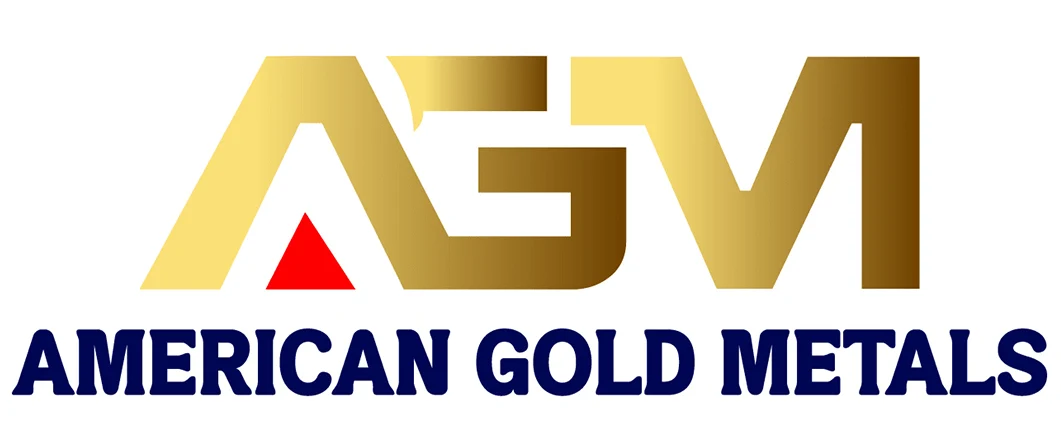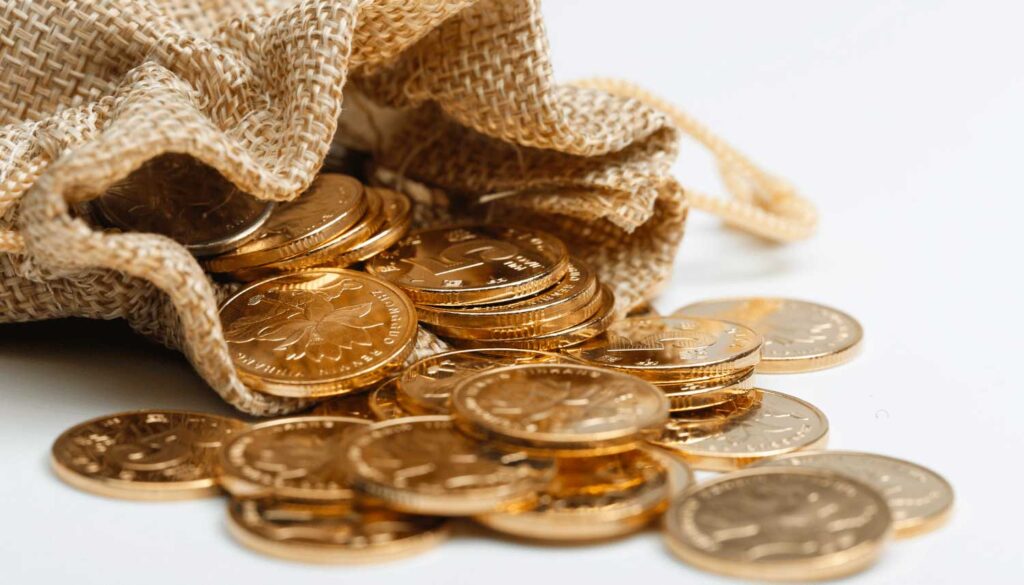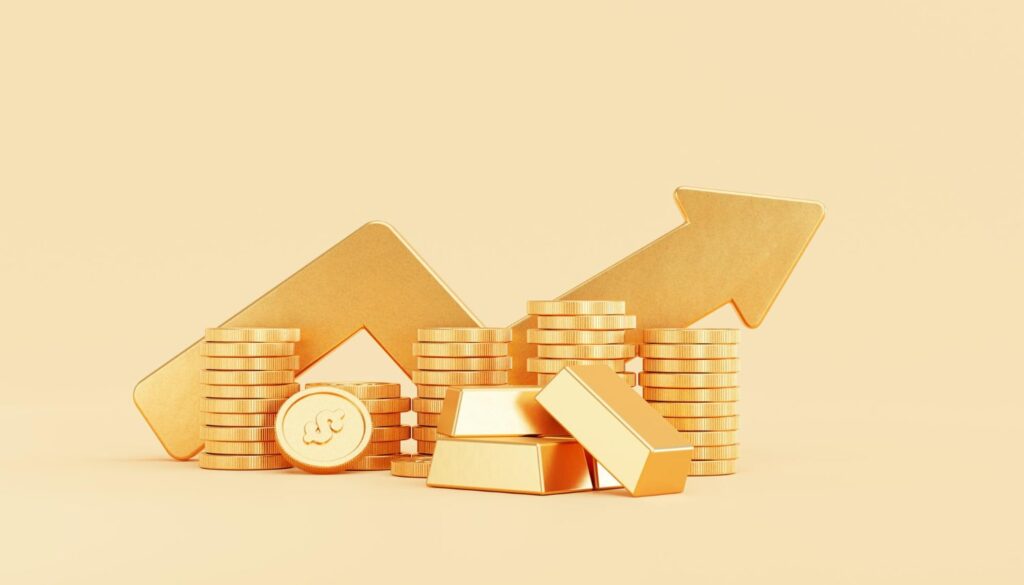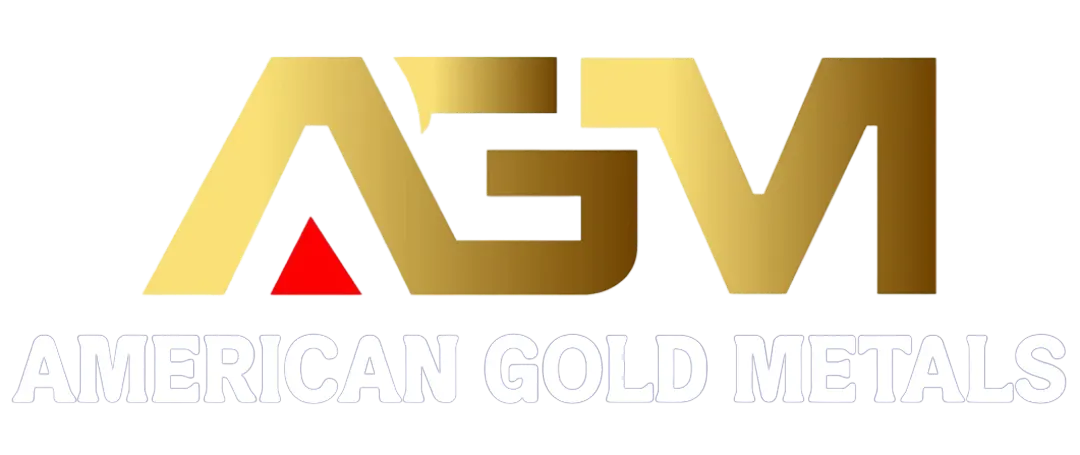There is only one thing you need to know about finance: the stock market is not the economy.
This is worth remembering, because the stock market has been turning in some seductive performances, while the economy has been languishing. The Dow Jones Industrial Average hit a new high of 14,222 today; if it remains that lofty throughout the day, it will beat the previous high of 14,164 on 9 October 2007.
Inevitably, seeing numbers like the Dow rise should feel good. Our gross domestic product isn’t going up, having barely scraped out 0.1% last quarter. Our personal income isn’t going up, as wages are stagnating. Our employment numbers aren’t going up, as we’re still short three million jobs lost in the recession. Our 401Ks are dispersed through the stock market and it’s nice to feel a little rich, or at least better off. When many of the major economic indicators provide only a wheezing malaise, the Dow high provides a little spot of irrational exuberance that is a welcome antidote.
But don’t trust the Dow. It doesn’t have your best interests at heart. It lies to you. It’s that narcissist who’s always preening and trying to look powerful when in fact it barely deserves an invitation to the party.
Most Americans know that the Dow is composed of a basket of 30 industrial stocks that are largely impervious to the struggles of ordinary Americans. If you separated these stocks, their rise would not be exciting. It’s hard to picture a family driving back from the food bank – poverty is also at all-time highs in America, by the way – chanting “three cheers for Alcoa! Let’s hear it for Caterpillar!” Americans, no matter how patriotic, don’t pull out the pom-poms when it’s a good quarter for Cisco. We just wait quietly for the riches to trickle down, for the companies to start hiring and for the rest of us to feel rich.
That trickle-down is not happening, and we know it’s not happening. Companies are sitting on $1.4tn of cash, according to the Federal Reserve. “That number, a record high, equates to almost 9% of US GDP,” wrote JP Morgan strategist Michael Hood in December. “The cash stockpile has not risen enormously over the past year but it is roughly double the amount from 10 years earlier.”
Hood explains: it’s not that companies are hoarding money; it’s that they are making so much money there aren’t enough places to spend it. American companies are in a golden age of profitability, even as the unemployment crisis continues and many ordinary Americans find it difficult to either save or borrow money. That hasn’t changed for three years, and there’s no reason to believe it will.
There are other reasons not to get too excited about the Dow. The most important is that the Dow is not “the market”, no matter what you may read. The Dow is composed of 30 stocks; they’re not the biggest or most significant 30, so you won’t see Google or Apple or Amazon there. They’re also picked to give a sickly-sweet picture of health. The Dow stocks are not representative of both good and bad; when they start to stumble or go through big corporate changes, like Kraft, AIG and Citigroup did, they get kicked out of the index.
The stock market is much larger than that, and a better measure of its health is the S&P 500 Index. The S&P 500 doesn’t tell the same story as the Dow. It is struggling a bit more. It is like a tightly coiled spring, in the words of ConvergEx Group chief market strategist Nicholas Colas.
Colas argues that the markets are “sleepwalking”, aided by investors who have been “lured into a quiescent state thus far in 2013”. He worried in a research note this week that the rally in the markets is based on a certain level of delusion, a wilful ignorance of potential shocks from the European crisis as well as the fact that corporate earnings aren’t growing fast enough to justify the huge jumps in stock prices. The fiscal cliff, the Italian elections, and the sequester have all passed with barely more than a sigh from major stock market indices like the S&P 500. That demonstrates that the “market” is not paying attention – and when it does, watch out.
There’s another reason to take the Dow’s move upward with a grain of salt: what goes up, must come down. Historically, just when the Dow looks to have hit its most enthusiastic highs, a crash is around the corner.
The last time the Dow hit a high, in 2007, the Federal Reserve and the European Central Bank were already collaborating on a global economic bailout, and Bear Stearns collapsed six months later. Before that, the high was in January 2000, only about three months before the market started a long, ugly downward slide in the wake of the tech boom. Go back further, in 1987, when the Dow hit a temporary high before the recession of the late 1980s and early 1990s hit. In 1966, the Dow hit 1,000 and by 1967 the economy began a long downward slide into the stagflation of the 1970s and the recession of the early 1980s.
None of that, however, beats the Dow’s high in September 1929, just weeks before the giant crash that ushered in the Great Depression. The Dow cannot defy gravity. The higher it rises, the harder it will fall.
So when the Dow is high, you should smile – briefly. Then duck.
Heidi Moore – Gaurdian.co.uk – March 5, 2013






